Home> Technical Articles> How To Increase Pump Pressure For Faster Results
- AddressNo.1875 East Changjiang Road, New District, Wuxi, Jiangsu,China
- Factory AddressNo.1875 East Changjiang Road, New District, Wuxi, Jiangsu, China
- Worktime9:00-18:00
- Phone(Working Time)86-510-85310167
Hydraulic systems have become a critical aspect of modern industries, with applications ranging from construction to manufacturing, mining, and agriculture. Hydraulic pumps play a vital role in the performance of these systems by providing the necessary force to move hydraulic fluid through the system. One critical factor that determines a hydraulic system's performance is pump pressure. In this guide, we will explore the importance of pump pressure in hydraulic systems and how to increase it to achieve faster results.
Understanding Pump Pressure:
Pump pressure is the force that a hydraulic pump generates to move hydraulic fluid through the system. The pressure is measured in pounds per square inch (PSI) and is determined by the pump's size, speed, and hydraulic fluid flow rate. The pump pressure is essential in determining the hydraulic system's performance, and low pump pressure can lead to slow and sluggish operation.
When the pump is operating, it creates a vacuum that pulls the hydraulic fluid from the reservoir, and the fluid is then pushed through the system by the pump's pressure. The pump pressure must be sufficient to overcome the resistance in the system, which includes frictional resistance, pressure losses, and load resistance.
In addition to pump pressure, other factors that affect the hydraulic system's performance include the viscosity of the hydraulic fluid, the diameter and length of hoses and pipes, and the size and design of hydraulic valves. Proper maintenance of these components is crucial for achieving optimal pump pressure and overall hydraulic system performance.

Increasing Pump Pressure:
Increasing pump pressure is necessary to achieve faster results in a hydraulic system. However, it's important to note that increasing pump pressure beyond the manufacturer's recommended specifications can be dangerous and may cause damage to the system.
The first step in increasing pump pressure is to identify the pump's specifications and ensure that it's capable of producing higher pressure. Check the pump's data sheet or user manual to determine its maximum pressure rating.
Next, check the pressure relief valve setting and adjust it to the desired level. The pressure relief valve protects the system from excessive pressure by opening and allowing excess fluid to return to the reservoir. By adjusting the valve setting, you can increase the maximum pressure that the pump can generate.
If the relief valve is already at its maximum setting, you may need to replace it with a higher-rated one. Be sure to choose a valve that is compatible with the pump and system specifications.
Another way to increase pump pressure is to increase the pump's speed or size. Increasing the pump speed increases the flow rate, which in turn increases the pump pressure. However, it's essential to ensure that the pump is designed to handle the increased speed and pressure.
You can also add a pressure intensifier to the system to increase the pressure further. A pressure intensifier is a device that takes low-pressure hydraulic fluid and amplifies it to a higher pressure. It can be an effective way to increase pump pressure without increasing the pump size or speed.
Before making any adjustments to the pump or system, it's important to consult the manufacturer's recommendations and guidelines to ensure that the changes are safe and appropriate for the specific hydraulic system being used.
Safety Considerations:
Increasing pump pressure can be dangerous and may cause damage to the hydraulic system if not done correctly. Safety precautions should be taken to ensure that the hydraulic system and the personnel working on it are protected.
First and foremost, ensure that all safety measures, such as protective gear and safety procedures, are followed. Personal protective equipment (PPE), such as gloves, eye protection, and protective clothing, should be worn when working with hydraulic systems. The system should also be shut down and all power sources disconnected before making any adjustments.
It's also important to follow the manufacturer's guidelines and recommendations for the specific hydraulic pump being used. If the pump is not designed to handle the increased pressure, it can result in damage to the pump or the system.
If the pump pressure is increased beyond the recommended specifications, it can also cause the hydraulic fluid to become hot, which can lead to fluid degradation, increased wear on system components, and potential system failure. It's important to monitor the hydraulic fluid temperature and ensure that it's within the recommended operating range.
Regular maintenance and inspections of the hydraulic system can also help prevent accidents and ensure safe operation. Components that are worn or damaged, such as hoses and seals, should be replaced promptly to prevent leaks and pressure loss.
In summary, safety should be a top priority when increasing pump pressure in a hydraulic system. Following recommended guidelines, using appropriate PPE, and regular maintenance can help ensure safe and efficient operation of the hydraulic system.
Maintenance:
Regular maintenance is crucial to ensuring that the hydraulic system is performing optimally and that the pump pressure remains at the desired level. Neglecting maintenance can lead to system failures, decreased efficiency, and increased repair costs.
One important aspect of hydraulic system maintenance is checking the pump's pressure. Regularly monitoring the pump pressure can help identify any issues early and prevent potential damage to the system. The pressure gauge should be checked regularly to ensure that the pump is generating the desired pressure.
It's also important to check the hydraulic fluid level and cleanliness regularly. The hydraulic fluid is the lifeblood of the system and must be maintained at the proper level and free of contaminants. Contaminated fluid can cause damage to the system components and decrease the system's efficiency.
Regularly replacing worn-out components, such as hoses and seals, can also prevent leaks and pressure loss. Over time, these components can become damaged, leading to system failure and increased repair costs.
Other maintenance tasks may include checking the hydraulic system for leaks, inspecting the filters, and testing the system's performance. Regular maintenance can help prevent potential problems and ensure that the hydraulic system is performing at its best.
In summary, regular maintenance is essential to keeping the hydraulic system operating efficiently and preventing potential damage. Monitoring the pump pressure, checking the hydraulic fluid, and replacing worn-out components are crucial aspects of hydraulic system maintenance.

Hydraulic systems are used in various industries and play a vital role in achieving faster results. Pump pressure is one of the critical factors that determine a hydraulic system's performance, and increasing pump pressure can help achieve faster results.
In this guide, we discussed how to increase pump pressure by adjusting the pressure relief valve, increasing the pump speed or size, or adding a pressure intensifier. However, it's crucial to ensure that all safety precautions are taken and that regular maintenance is carried out to ensure optimal performance and prevent system failures.
Regular maintenance, such as checking the pump pressure, hydraulic fluid level and cleanliness, and replacing worn-out components, is necessary to keep the hydraulic system operating efficiently. Neglecting maintenance can lead to decreased efficiency, potential system failures, and increased repair costs.
By following the guidelines and recommendations discussed in this guide, you can increase pump pressure and achieve faster results in your hydraulic system. However, it's important to ensure that all safety precautions are taken and that regular maintenance is carried out to ensure optimal performance and prevent potential damage to the system.


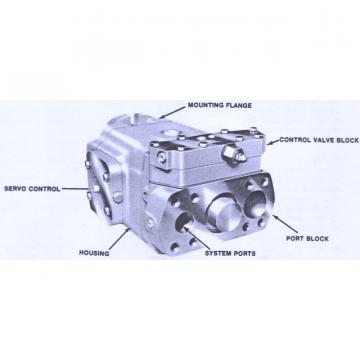 Dansion gold cup piston pump P30P-8L5E-9A4-A00-0B0
Dansion gold cup piston pump P30P-8L5E-9A4-A00-0B0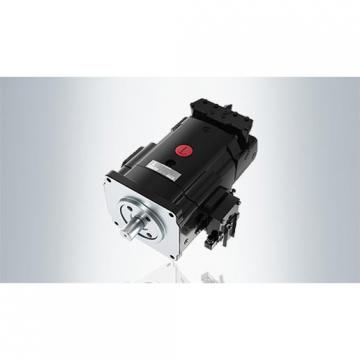 Dansion gold cup piston pump P30P-8L5E-9A2-B00-0C0
Dansion gold cup piston pump P30P-8L5E-9A2-B00-0C0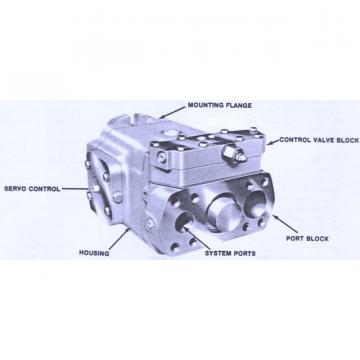 Dansion gold cup piston pump P30L-8L5E-9A7-A0X-B0
Dansion gold cup piston pump P30L-8L5E-9A7-A0X-B0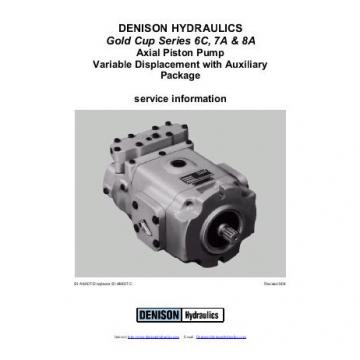 Dansion gold cup piston pump P30P-2R5E-9A7-B00-0C0
Dansion gold cup piston pump P30P-2R5E-9A7-B00-0C0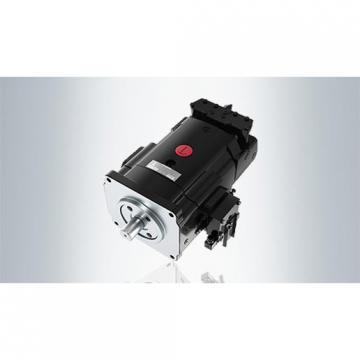 Dansion gold cup piston pump P30L-7R5E-9A2-A0X-D0
Dansion gold cup piston pump P30L-7R5E-9A2-A0X-D0